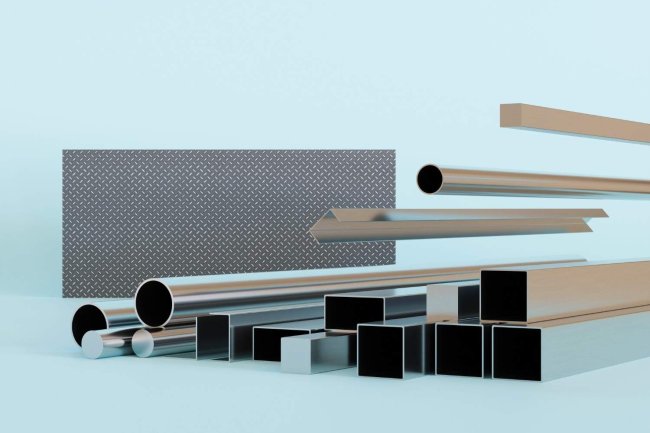Structural BIM: From Concept to Construction Documentation
Building Information Modeling has revolutionized how structural engineers approach design and documentation. From initial concept sketches to final construction drawings, BIM creates a seamless digital thread that connects every phase of the structural design process.

The Evolution of Structural Design Workflows
Traditional Methods
- Manual 2D drafting and calculations
- Disconnected design phases
- Time-consuming revisions
- Higher risk of coordination errors
- Limited visualization capabilities
BIM-Enabled Approach
- Integrated 3D modeling environment
- Real-time design coordination
- Automated documentation updates
- Clash detection before construction
- Enhanced stakeholder collaboration
The shift from traditional CAD to BIM represents more than just new software — it's a fundamental change in how structural teams think about design. Instead of creating separate drawings for each view, BIM builds a single intelligent model that automatically generates all documentation with precision and consistency.
Conceptual Design: Building the Foundation
01 Initial Load Analysis
Define structural requirements, load paths, and preliminary member sizing using analytical tools integrated with BIM platforms.
02 Geometric Modeling
Create the 3D structural framework with beams, columns, bracing, and foundations that respond to architectural intent.
03 Early Coordination
Share federated models with architects and MEP engineers to identify major conflicts before detailed design begins.
04 Design Iterations
Rapidly test structural alternatives, comparing material quantities, costs, and constructability across different schemes.
Detailed Engineering: Precision Meets Intelligence
Once the conceptual framework is approved, structural BIM transitions into detailed engineering— where every connection, reinforcement bar, and steel plate is precisely modeled. This phase transforms broad concepts into construction-ready specifications.
Connection Design
Model bolt patterns, welds, stiffeners, and connection hardware with full geometric accuracy for fabrication.
Rebar Detailing
Generate bar schedules, placement drawings, and shop details directly from the 3D reinforcement model.
Analysis Integration
Link BIM models with structural analysis software for load calculations, deflection checks, and code compliance.
Companies like Consac leverage advanced BIM workflows to deliver detailed structural models that reduce fabrication errors and accelerate project timelines. The key is maintaining model intelligence throughout the detailing process.
Construction Documentation: Automated and Accurate
The true power of structural BIM emerges during documentation. Instead of manually drafting sheets, the intelligent model automatically generates coordinated plans, elevations, sections, and details — all consistent and fully linked.
Single Source Model
One coordinated 3D model forms the basis of all construction documents, ensuring consistency and accuracy across every view.
Automated Sheets
Drawing sheets are generated directly from the model. Any design change updates all related views automatically.
Quality Control
Automated dimensions, schedules, and annotations significantly reduce human error and improve document reliability.
When design changes occur — and they always do — BIM updates propagate automatically across all drawings. A single adjustment in the model updates plans, sections, schedules, and details instantly, eliminating the costly coordination mistakes common in traditional 2D workflows.
Key Takeaways for Your Next Project
Start with BIM from Day One
Establish your BIM workflow early during conceptual design to reduce rework and maximize coordination benefits.
Invest in Training
Empower your team to fully leverage BIM capabilities such as parametric detailing and automated documentation.
Establish Clear Standards
Define naming, modeling, and LOD standards upfront to maintain consistency and prevent coordination issues.
Embrace Collaboration
Share models early and review collectively to reduce design conflicts and avoid costly construction surprises.
Structural BIM transforms how engineering teams work — creating intelligent models that automate drawings, coordinate across disciplines, and connect directly to fabrication. The shift isn’t about adopting software, but about evolving your workflow for greater speed, accuracy, and constructability.
What's Your Reaction?
















